Mezzanine Floor
Important Point
The mezzanine floor is an intermediate floor of a building, below the open floor.
Understanding the mezzanine floor meaning is crucial for its effective utilization.
At least twice as high as a floor with minimum height on a ceiling the mezzanine floor is placed halfway up the wall on a floor.
To determining maximum floor space, a mezzanine does not count as one of the floors in the building.
By mezzanine, we can create additional floor space and help to make ceiling space feel more less and personal vast.
To the complete floor below the mezzanine is not greater than one-third of the floor space.
For a wide array of purposes, the mezzanine can be used. Due to the mezzanine location, it is lower than a normal ceiling.
What Is a Mezzanine Floor?
Above and below the deck for foot traffic mezzanine should provide plenty of clear height.
By mezzanine, we can create additional floor space and help to make ceiling space feel more less and personal vast.
At least twice as high as a floor with minimum height on a ceiling the mezzanine floor is placed halfway up the wall on a floor.
- What is Soft Flooring | Types of Soft Flooring | Advantages & Disadvantages of Soft Flooring | Use of Soft Flooring | Maintenance of Soft Flooring
- Glass Block Floor | Advantages of Glass Blocks | Disadvantages of Glass Blocks | Uses of Glass Blocks | Types of Glass Block | Glass Block for Windows
What Is Mezzanine Level?
The mezzanine level is an extra increasing space in the property or office or other construction structure. In the construction site, the mezzanine level provides a comfortable work environment and adequate workspace.
What Is a Mezzanine?
A mezzanine is a floor that is constructed between two floors in a building, often involving specific mezzanine construction methods. and from the others building that is smaller. A mezzanine is an intermediate floor of a building, below the open floor.
Useful Article for You
- What Is Composite Wood
- What Is the Difference Between a Shower Pan and a Shower Base?
- What Is Raft
- What Is a Window Panel
- What Is Rebar Made Of
- What Is Crane
- What Is a Frame Structure
- What Is the Measurement for a Queen Size Bed
- What Is Considered Livable Space
- What Is One Way You Can Save Electricity?
- What Is Mdf Mean
- What Is a Bundle of Shingles
- What Is a Gallon of Water Weigh
- What Is Window Sash
- What Is a Sieve Analysis
- What Is the Little Black Diamond on a Tape Measure
- What Is the Difference Between a Bolt and a Screw?
- What Is Overhang
- What Is Sand Blasting
- What Is a Walk in Basement
- What Is Quarrying
- What Is a Concrete Slump Test
- What Is a Weir
- What Is Road Made Of
- What Is a Cantilever?
- What Is a Contour
- What Is a Rolled Curb
- What Is an Abutment Bridge
- Facts About Cantilever Bridges
- What Is a Beam Bridge Used for
- What Is a Plumbing Fixture
- What Is Waterlogged
- What Is the Strongest Shape to Use When Designing a Bridge
- What Is Tension Force
- What Is Gypsum
Mezzanine Floor Design
Here, two different types of mezzanine floors design are as follows.
- Freestanding Mezzanines.
- Rack supported Mezzanines.
1. Freestanding Mezzanines.
Up to 40 feet or more column-span the free-standing mezzanine are available.
The free-standing mezzanine design allows sprinkler pipe, lighting, electrical conduit, and HVAC ductwork to easily through from the structural framework.
And it is also designed to increasing usable space on the ground floor and eliminating overhead obstructions.
If the whole system needs to change as compare to rack supported mezzanine in the event of the equipment layout change it provides the most flexibility.
2. Rack Supported Mezzanines.
It is commonly designed in two ways that are below.
2.1. Catwalk
The catwalk mezzanine designs to increase the rack storage areas or tall shelving.
The mezzanine floor allowing the catwalk to extend from the mezzanine floor to the upper areas of the racks.
In mezzanine floors where needed extra support between both under areas and shelves there supported column should be provided for additional support.
2.2. Full Mat
The full mat mezzanine is constructed by a combination of both catwalk style and free-standing style, including specific mezzanine floor details.
And it is fully supported by racks or shelves the height of the shelves should not exceed above the mezzanine floor.
And in the second area is open space that is used for multi-purpose like, office, bulk storage, and employee cafeterias, or many more.
- Top 10 Tiles Companies in India 2021
- What Is Flooring | 11Types of Flooring.
- What Is Granolithic Floors | Construction Method | Advantages аnd Disadvantage
- Different Types of Vitrified Tiles | What Are Vitrified Tiles | Advantages & Disadvantages of Vitrified Tiles | Glazed Vitrified Tiles Price
Types of Mezzanine Floor Construction
There are three types of mezzanine floor constructions
- Concrete mezzanine floor construction.
- Steel mezzanine floor constructions.
- Wooden mezzanine floor construction.
1. Concrete Mezzanine Floor Construction
The concrete type of mezzanine floor able to take heavy life or death load for this reason it is gained more importance in construction.
To increase the fire resistance the concrete mezzanine floor construct.
When we need to make an economical mezzanine floor there we construct the concrete mezzanine floor.
To prevent dampness the concrete mezzanine floor is widely used. By the use of concrete mezzanine floor with increase stiffness construction make fast.
In concrete mezzanine floors for thermal comfort, the energy demand is lower for the high thermal mass of concrete.
2. Steel Mezzanine Floor Constructions
For the foot traffic its provide a solid and secure resistance.
The steel mezzanine floor construction provides a high moisture resistance structure. Another reason of steel mezzanine floor is widely used in construction is its low maintenance cost.
For all the mezzanine floors in construction, the steel mezzanine floor has more durable and resistant power.
3. Wooden Mezzanine Floor Construction
The wooden mezzanine floor provides a higher level of beauty used in an office and retail shop.
Its have very good durability and resistance power. To the other mezzanine floor, the wooden mezzanine floor is easy to install. And also it is easy to clean the other mezzanine floors.
The wooden mezzanine floor indoor quality can be improved.
Is a Mezzanine Considered a Floor?
By mezzanine, we can create additional floor space and help to make ceiling space feel more less and personal vast.
The complete floor below the mezzanine is not greater than one-third of the floor space.
On the construction site, the mezzanine floor provides a comfortable work environment and adequate workspace.
The mezzanine floor provides is an extra increasing space in the property or office or other construction structure.
Also, Read: What Does Parapet Mean | Types of Parapet Wall | Uses of Parapet Wall
Features of Mezzanine Floors
There have been many important features of mezzanine floors, that’s are below
- The most important feature of the mezzanine floor is when we need to increase a workplace in the small area then we construct mezzanine floors.
- The second feature of the mezzanine floor is by mezzanine we can create additional floor space and help to make ceiling space feel more less and personal vast.
- Another feature of the mezzanine floor is in the construction site mezzanine floor is provide a comfortable work environment and adequate workspace.
- At least twice as high as a floor with minimum height on a ceiling the mezzanine floor is placed halfway up the wall on a floor.
- The features of mezzanine floors are that it provides a second level that an open space which is used for multi-purpose like, office, bulk storage, and employee cafeterias or many more.
- For a wide array of purposes, the mezzanine can be used.
Also, Read: What Is a Flight of Stairs | Types of Stairs | How Many Stairs in a Flight | Some Facts About Stairwells
Useful Article for You
- Cut Washer Vs Flat Washer
- Soil Stacks
- How Much Does a Yd of Concrete Weigh
- Silt Vs Clay
- Gray Green House
- Identify the Zero-Force Members in the Truss
- Bridge Pier
- Monolithic Concrete
- Wall Panel Bathroom Ideas
- Construction Companies in America
- How Bridges Are Made
- Density of Concrete G Cm3
- Concrete Wall Treatment
- Standard Us Brick Size
- Drywall Ceiling Repair Cost
- Micropile
- Suspension Bridge Strengths
- Types of Plumbing Fixtures
- Red Brick Black Shutters
- Weight of Concrete Slab
- How to Build a Fence with Metal Posts
- How to Get Blood Out of Wool Carpet
- Isometric View
- Front Doors on Brick Houses
- Screed
- Pier and Beam Foundation
- Weep Holes
- Average Door Height
- Wall Putty
- Flight of Stairs
- Cost to Pump Septic Tank
- What Colors Keep You Awake
- How to Build a Lean-to Off a Garage
- Best Building Stone
- Bitumen Road
- Live Load Examples
- Uses for Stone
- Aac Bbs
Application of Mezzanine Floors
There has been much application of mezzanine floors
- We can apply the mezzanine floor to provide a comfortable work environment and adequate workspace the mezzanine floors are constructed.
- The common application of the mezzanine floor is, when we need to increase work in the small area then we construct mezzanine floors.
- We can apply the mezzanine floor for multi-purpose like office, bulk storage, and employee cafeterias, or many more.
- Another application of the mezzanine floor is by mezzanine we can cerate additional floor space and help to make ceiling space feel less and personal vast.
- The application of the mezzanine floor is to provide extra increasing space in the property or office or other construction structure.
Also, Read: What Is Zero Force Member for Truss | How to Identification of Zero Force Members in Truss
Uses of Mezzanine Floors
- The common uses of the mezzanine floor are when we need to increase work in the small area then we construct mezzanine floors.
- The most important use of mezzanine floors is that it provides a second level that is an open space that is used for multi-purpose like, office, bulk storage, and employee cafeterias, or many more.
- The second uses of the mezzanine floor are, by the mezzanine, we can cerates additional floor space and help to make ceiling spaceless and personal vast.
- To provide a comfortable work environment and adequate workspace the mezzanine floors are constructed. This is her use of the mezzanine floor.
- The mezzanine floor provides is an extra increasing space in the property or office or other construction structure.
Also, Read: What Is Shoring In Construction | Type of Shoring
Advantages of Mezzanine Floors
The mezzanine floor has been many advantages, that’s are below
- The advantage of the mezzanine floor is when we need to increase work in the small area then we construct mezzanine floors.
- The most advantage of mezzanine floors is that it provides a second level that is an open space which is used for multi-purpose like, office, bulk storage, and employee cafeterias, or many more.
- The second advantage of the mezzanine floor is, by the mezzanine, we can cerates additional floor space and help to make ceiling space feel less and personal vast.
- To provide a comfortable work environment and adequate workspace the mezzanine floors are constructed. This is another advantage of a mezzanine floor.
- The mezzanine floor provides is an extra increasing space in the property or office or other construction structure.
Disadvantages of Mezzanine Floors
As like advantages, there have many disadvantages of the mezzanine floor
- The disadvantage of a mezzanine, or sometimes known as a messaline floor, is its takes significant ground floor space, supported by posts, and often in busy traffic areas.
- The next disadvantage of the mezzanine floor is, on a second-floor mezzanine is just like have another floor on beams.
- The disadvantage in the mezzanine floor configuration of the ground floor works areas is to be reconsidered.
Also, Read: What Is Pitched Roof | 8 Types of Pitched Roof | Advantages of Pitched Roof
Mezzanine Floor
A mezzanine floor is an intermediate floor between main floors of a building, and therefore typically not counted among the overall floors of a building. Often, a mezzanine is low-ceilinged and projects in the form of a balcony.
What Is Meant by Mezzanine Floor?
A mezzanine is an intermediate floor (or floors) in a building which is open to the floor below. It is placed halfway up the wall on a floor which has a ceiling at least twice as high as a floor with minimum height.
What Are Mezzanine Floors Used For?
They are designed to cover a specific area of a building rather than extending over the entire floor space. Mezzanines are installed to maximise unused vertical space, providing additional room above and below and can be built free of existing structures.
Why Is It Called a Mezzanine?
Often, a mezzanine is low-ceilinged and projects in the form of a balcony. The term is also used for the lowest balcony in a theatre, or for the first few rows of seats in that balcony. The word mezzanine comes from Italian mezzano “middle”.
How Much Does Mezzanine Floor Cost?
An average mezzanine will cost around 60 pounds per square metre. The payback period is 15 months. In addition, a mezzanine retains its value. You can resell the floor after a few years to a new tenant of the warehouse.
Do I Need Building Regulations for a Mezzanine Floor?
Yes, Building Regulations are required for almost all mezzanine floor installations. First Floors will provide calculations, design, specification and drawings to help support your application. We will submit these on your behalf.
How the Flooring Is Done on Mezzanine Floor?
Mezzanine floors are constructed halfway up the wall on a floor with a ceiling at least twice the minimum height of the floor.
Is a Mezzanine Considered a Floor?
A mezzanine is a partial floor with an area 25% or less of the floor it is located on. If the area in question has a different roof line from the floor below, it is considered a separate floor, not a mezzanine, regardless of the floor area.
Features of Mezzanine Floors
A mezzanine floor doubles the usable space of an overhead floor. These floors can be applied to any building space. Mezzanine floors are designed for a specific building area rather than utilizing the entire floor area. They utilize free vertical space by converting it to an additional room above and below the floor.
Types of Mezzanine Floor Construction
Mezzanines can be designed in many different fashions; structural steel, cold rolled steel, wood, free-standing or integrated to name a few. No matter what design you choose, one of the biggest decisions when building a mezzanine is the type of decking (or flooring) to utilize.
Also, Read: What Is Beam Bridge | Types of Beam Bridges | Beam Bridge Works | Advantages & Disadvantages of Beam Bridges
Advantages of Mezzanine Floors
The primary benefit of a mezzanine floor is to create a substantial amount of extra space without conducting any serious construction work on the building itself. A brand new floor of virtually any size can be integrated into the existing building or assembled as a free-standing unit in a very cost-effective manner.
Disadvantages of Mezzanine Floors
There are mezzanines supported by posts, but these take up significant ground floor space and are often in busy traffic areas. There are also mezzanines on beams, which are just like having another floor on a second level.
Application of Mezzanine Floors
- Storage.
- Production.
- Manufacturing.
- Automation.
- Warehousing.
- Distribution.
- Retail.
- Office.
Uses of Mezzanine Floors
- Storage: If the space below the mezzanine floor is not needed, the space created is invaluable storage space – whether this is for filing and archives, stock or just general storage, well designed space helps a growing business immensely.
- Production: Mezzanine floors are very commonly used in production, especially as businesses begin to grow. To overcome the challenge of creating more space without the huge costs and disruption associated with moving premises, the mezzanine floor is an ideal solution. Better still, the mezzanine floor can also be taken to new premises is business growth means that a move of premises is necessary.
- Manufacturing: The best manufacturing facilities run with an ergonomic design that maximizes both space and productivity. Mezzanine floors allow this process and work flow to be maximised to the most efficient productivity, as this ultimately eafects the bottom line. The types of floors that are needed for manufacturing facilities need to match the load bearing for heavy machinery and many people working on that section.
- Automation:In large facilities, the biggest space that is usually being wasted is above us. In order to maximize all space areas, building a mezzanine floor is an ideal solution. This is particularly useful in automated processes where the floors can handle machinery and elements of the automation process that can be ‘stored’ overhead.
- Warehousing: Mezzanine floors provide ideal storage solutions, often in a more robust way than racking and shelving. This allows for the ergonomic warehousing of products so that access if easy, when required.
- Distribution: With peaks and troughs in supply and demand, warehousing requirements and capacities will often change. As such, the ability to maxmimise space as well as getting access easily is essential to plan into distribution centres. Mezzanine floors are the perfect solution to these requiremens.
- Retail: Nobody likes to buy from a crowded shop – maximize your space and display your items in a way that makes them more appealing. Not only do you get more space and add value to your premises, but you will also make more sales.
- Office: Whether you are looking to increase office space or you would like to add an office to a manufacturing element of your premises, the mezzanine floor is the perfect solution. It allows you to increase space without losing valuable floor space on existing levels – this is particularly useful for manufacturing premises.
Do I Need Building Regulations for a Mezzanine Floor?
Will the mezzanine floor require building regulation approval? Yes, Building Regulations is required for almost all mezzanine floor installations. First Floors will provide calculations, design, specification and drawings to help support your application. We will submit these on your behalf.
Mezzanine Industrial
Industrial mezzanines are typically free-standing steel structures installed within a building. Meaning it is designed and manufactured at a manufacturing plant then, it is shipped to the building location. An experienced installer can then quickly assemble the components which are pre-drilled, etc.
What Is a Warehouse Mezzanine?
Warehouse mezzanine refers to an elevated section of flooring or platform that’s installed between the floor and the ceiling to serve several purposes in some warehouse operations. Freestanding mezzanines are very flexible and have the capacity to house pallet racks and shelving systems.
Steel Mezzanine
A structural steel mezzanine is a partial level intermediate floor in a building, commonly between the ground floor and the roof. The structural framing is fabricated out of structural steel beams and columns. Metal decking is then used on the floor with either concrete or plywood placed on top.
How to Mezzanine Installation?
- Consider the Structural Design: The structural planning is a critical aspect of the designing of mezzanine space. You will need to bring in a structural expert to plan the beam and structural grid on which the flooring will be laid. Your mezzanine floor will ideally be supported on three sides, for maximum safety, or can be cantilevered from one wall if it is not very deep.
- Make Do With the Heights Available: If the space below the mezzanine level has a very shallow height as a consequence, a good way to use it would be to place your bed there so that you don’t need to stand up much in that area. In this teenager’s bedroom, the loft space above the bed houses additional storage. Ample natural light floods into both levels from the slanting windows that are set in the roof.
- Plan the Lighting Well: The light fixtures should have control switches from both levels, so that they can be turned on and off without your having to run up and down the stairs. Plan the light points in such a way that you can get adequate lighting for the functionality you need on both levels.
- Choose Light and Comfortable Furniture: Remember not to overload the mezzanine with too many elements, and use light and comfortable furniture. Heavy furniture will need additional reinforcing beams, and what’s more, you will have a hard time hauling it up the stairs!
- Design Stairs that are Accessible and Safe: It’s important that the stairs should be wide enough for easy access; at least 2 feet wide at the very minimum. They should not be too steep for comfort and can have a handrail for security.
How Much Does a Warehouse Mezzanine Cost?
A large mezzanine can cost $14-$15 per sq. ft., and up to $20 for smaller projects.
Structural Steel Mezzanine
A structural steel mezzanine is a partial level intermediate floor in a building, commonly between the ground floor and the roof. The structural framing is fabricated out of structural steel beams and columns. Metal decking is then used on the floor with either concrete or plywood placed on top.
What Is a Freestanding Mezzanine?
Free standing mezzanines are designed to maximize space under and above the mezzanine. Typically, they are designed to store more material “up” instead of “out”.
Warehouse Mezzanine
Warehouse mezzanine refers to an elevated section of flooring or platform that’s installed between the floor and the ceiling to serve several purposes in some warehouse operations. They are an excellent option for increasing storage space and workspace in a warehouse facility.
Why Is a Mezzanine Floor in a Warehouse Important?
Having a mezzanine floor installed in your warehouse means you can use more of the space you own or rent. This means you will essentially be increasing the business value of a property, by keeping the cost the same but increasing capacity and storage.
What Material Is Used for Mezzanine Floors?
Industrial mezzanine floors are made of heavy duty materials, normally stainless or carbon steel. The type of flooring varies depending on how the mezzanine is being used, but it is commonly steel plating or concrete.
Mezzanine Cost
A large mezzanine can cost $14-$15 per sq. ft., and up to $20 for smaller projects. Mezzanines built over existing shelving cost less because we’ll use existing structure for support.
Mezzanine Systems
Mezzanine systems are raised, open platforms supported by beams and columns that are used to create extra space for many applications. Industrial mezzanines are used in warehouses, factories and other industrial settings for the creation of storage and work space and for other purposes.
Industrial Mezzanine Floor
Industrial mezzanines are typically free-standing steel structures installed within a building. Meaning it is designed and manufactured at a manufacturing plant then, it is shipped to the building location. An experienced installer can then quickly assemble the components which are pre-drilled, etc.
Mezzanine Structure
A mezzanine is an intermediate floor (or floors) in a building which is open to the floor below. It is placed halfway up the wall on a floor which has a ceiling at least twice as high as a floor with minimum height. Mezzanines are commonly used in modern architecture, which places a heavy emphasis on light and space.
Like this post? Share it with your friends!
Suggested Read –
- Vitrified Tiles Meaning
- Top 10 Cement Companies in USA
- Top 15+ Best Plywood Brands in India
- Top 10 Construction Companies in the USA
- Top 10 Best Cement Companies In India 2021
- What Are the Disadvantages of Epoxy Flooring?
- Top 10 Bathroom Fittings & Sanitary Brands India
- Difference Between Plinth Level, Sill Level, and Lintel Level.
Originally posted 2023-08-29 17:20:10.

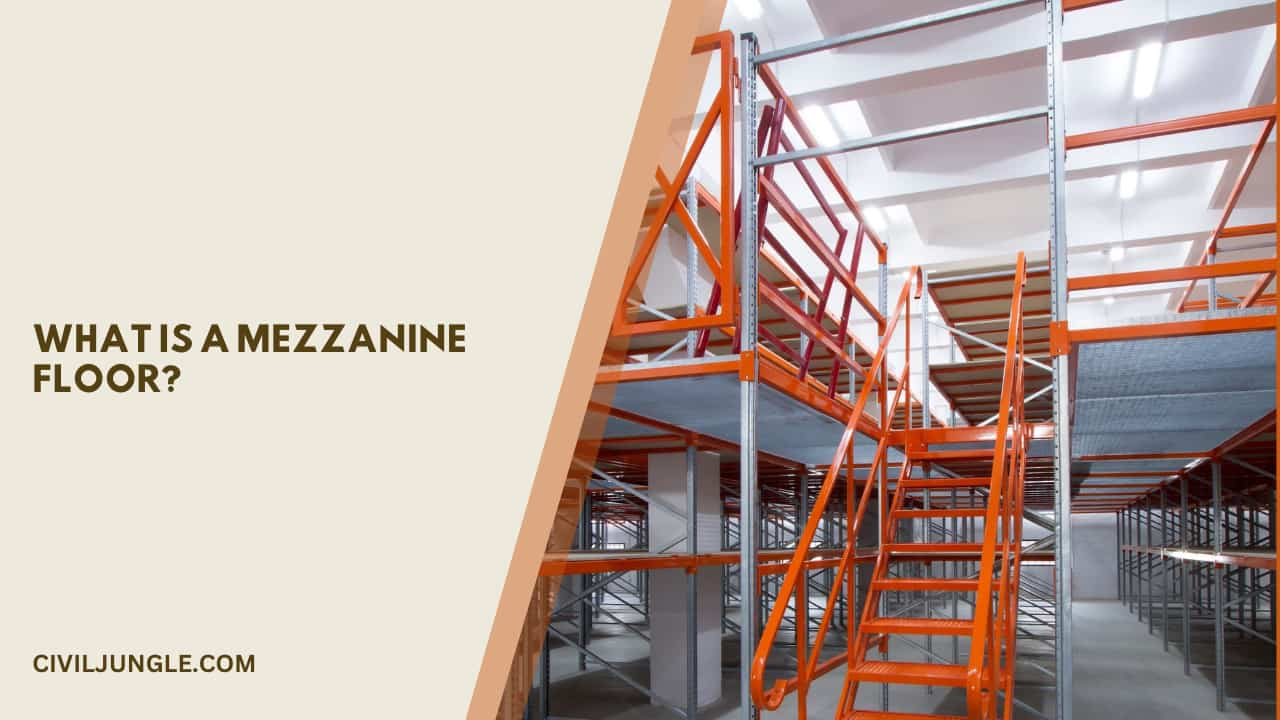
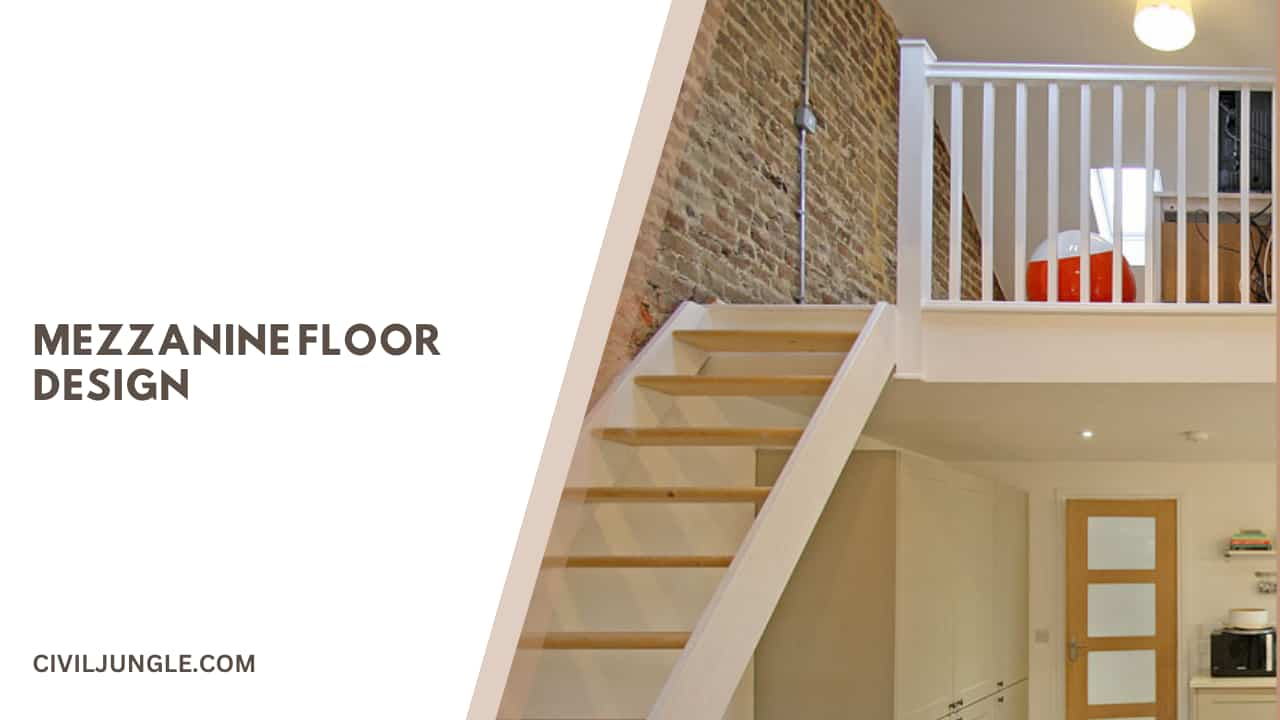
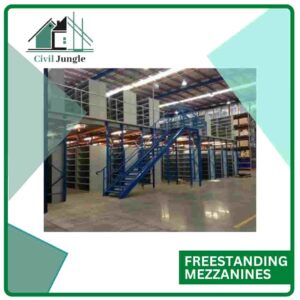
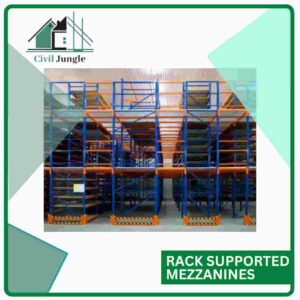
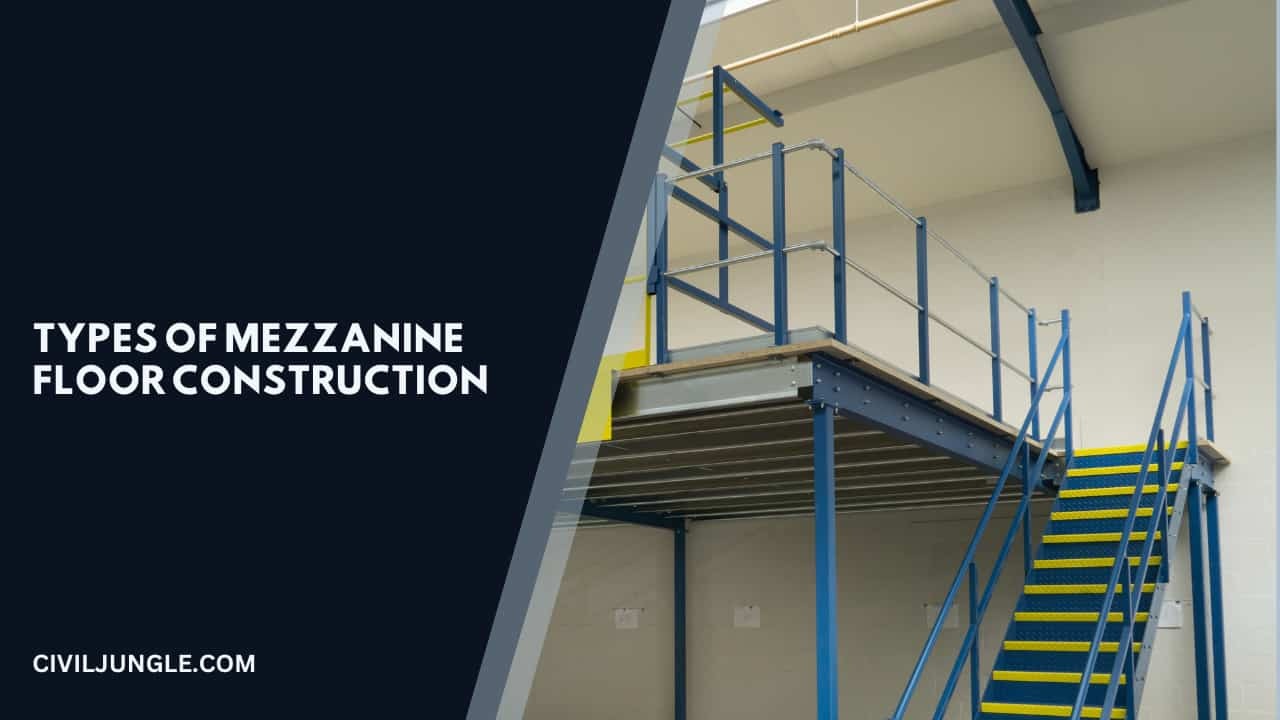
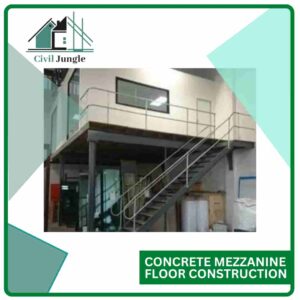
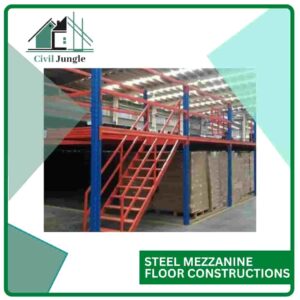


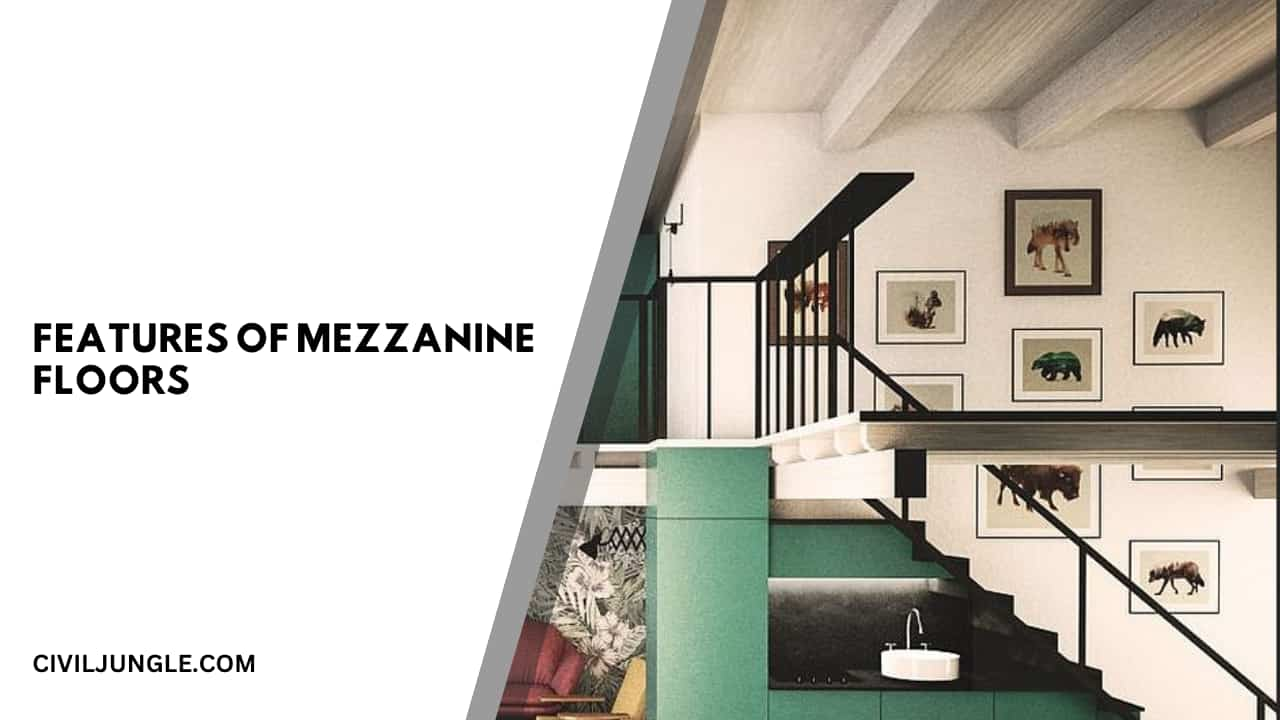
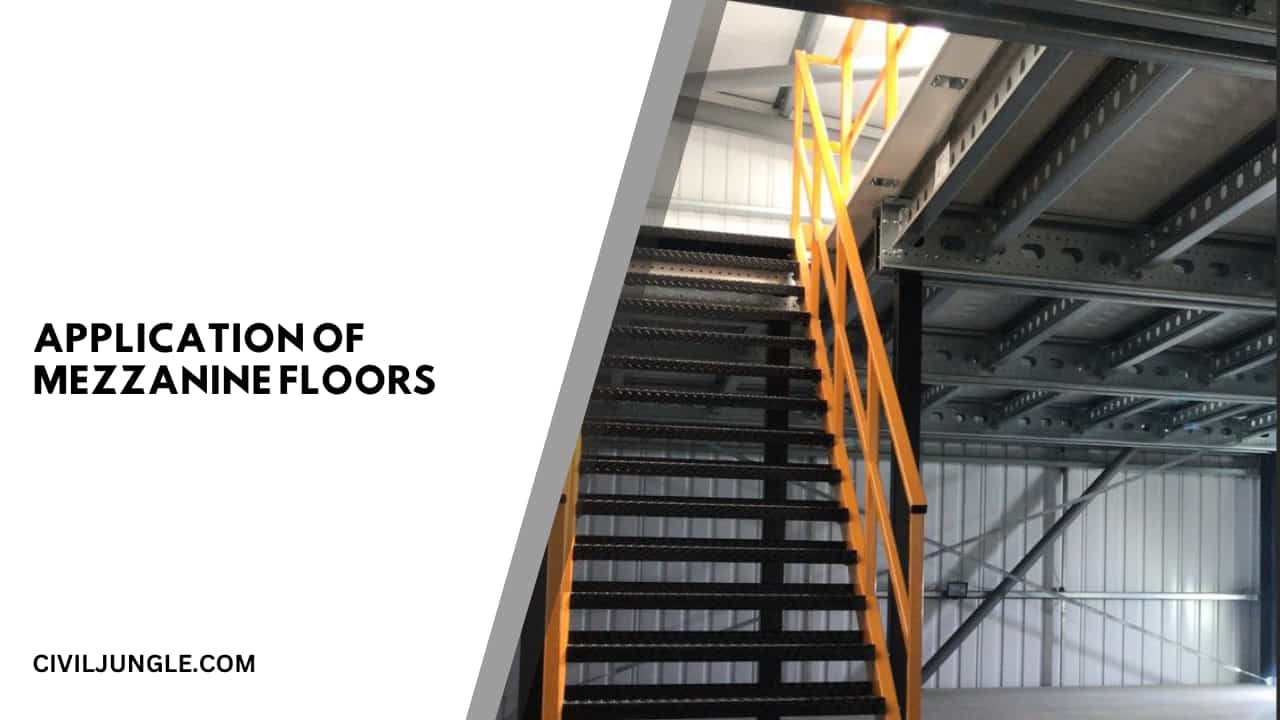
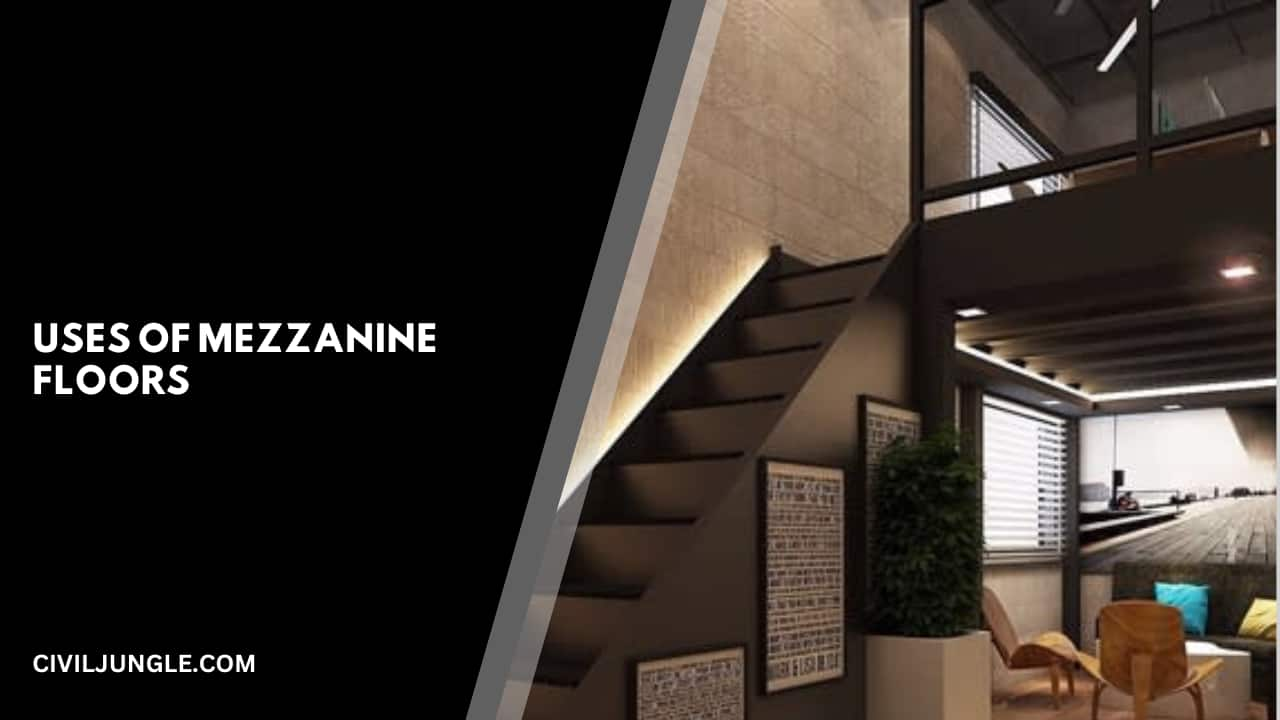

Leave a Reply